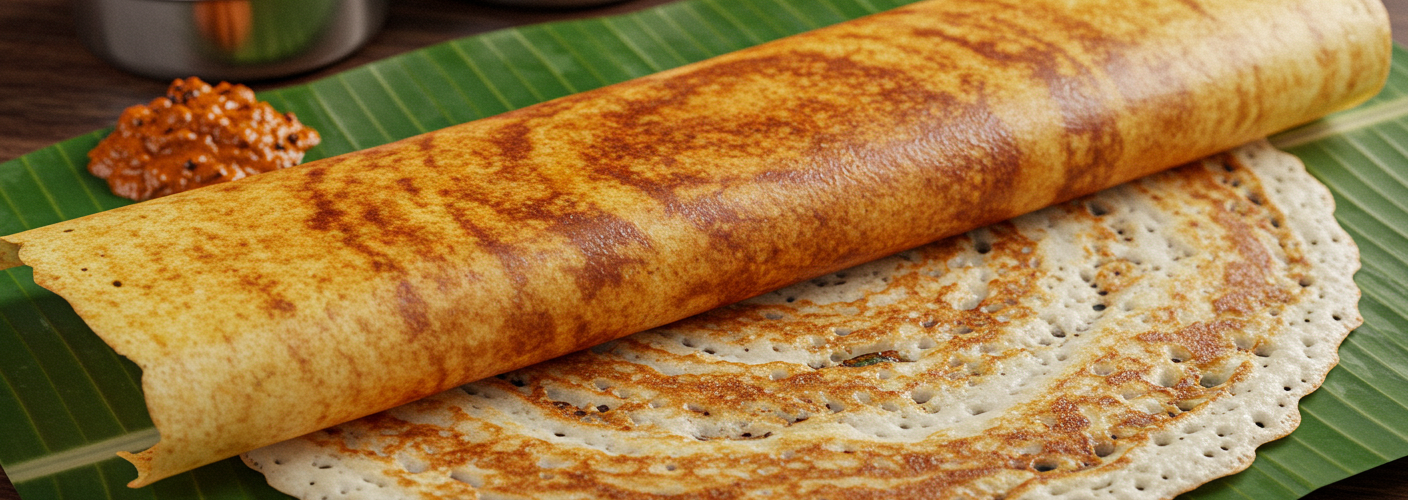Dosa, a beloved staple from South Indian cuisine, has captured the hearts of many food enthusiasts around the world. This thin, crispy rice pancake is not merely a meal; it’s an experience that combines tradition, flavor, and a touch of culinary art. Revered for its versatility and health benefits, dosa is a must-try for anyone looking to expand their palate.
What is Dosa?
At its core, dosa is made from fermented rice and urad dal (black gram) batter, creating a delicate and flavorful pancake. The batter is spread thin on a hot skillet, where it cooks until golden brown and crispy. While the traditional dosa has a unique tangy flavor due to fermentation, variations abound, making this dish endlessly customizable. You can find dosas stuffed with mouthwatering fillings like spiced potatoes, paneer, or even innovative ingredients such as cheese or mushrooms, catering to a wide range of tastes.
The Art of Making Dosa
Making a perfect dosa is both an art and a science. The first step is soaking rice and urad dal together for several hours, followed by grinding them into a smooth batter. The blend is then left to ferment overnight, enhancing its flavor and digestibility. This fermentation process is crucial; it not only adds a slight sourness to the dosa but also contributes to its light texture.
Once the batter is ready, it’s time for the fun part—cooking! A well-heated iron griddle is typically used to achieve that signature crispiness. Pouring the batter in a circular motion helps create a uniform thickness, and a dash of oil is often applied around the edges to make the dosa even crispier. With each flip and toss, the dosa transforms into a fragrant golden delight, ready to serve.
Health Benefits of Dosa
Dosa isn’t just delicious; it’s also packed with health benefits. Being gluten-free and made from natural ingredients, it’s suitable for a variety of dietary restrictions. The fermentation process involved in making dosa not only enhances its flavor but also increases nutrient absorption. It is rich in carbohydrates, making it an excellent energy source, and when paired with dals or chutneys, it offers a complete protein profile. This makes dosa a wholesome choice for breakfast, lunch, or dinner.
Dosa: A Versatile Dish
One of the remarkable aspects of dosa is its versatility. While traditional accompaniments include coconut chutney and sambar (a savory lentil soup), the possibilities are endless. Creative chefs have started experimenting with fusion recipes. From dosa tacos to dosa wraps filled with fresh vegetables and meats, this rice pancake adapts well to various cuisines, making it a favorite among food lovers globally.
Conclusion
Dosa is more than just a dish; it’s a celebration of culture and heritage. Whether you’re savoring it at a local South Indian restaurant or trying your hand at making it at home, dosa invites exploration and creativity. As you delve into the world of dosas, you’ll find that each bite tells a story—one of tradition, flavor, and a rich culinary history. So grab your ingredients, fire up that griddle, and embark on a delicious journey with dosa!




Add comment